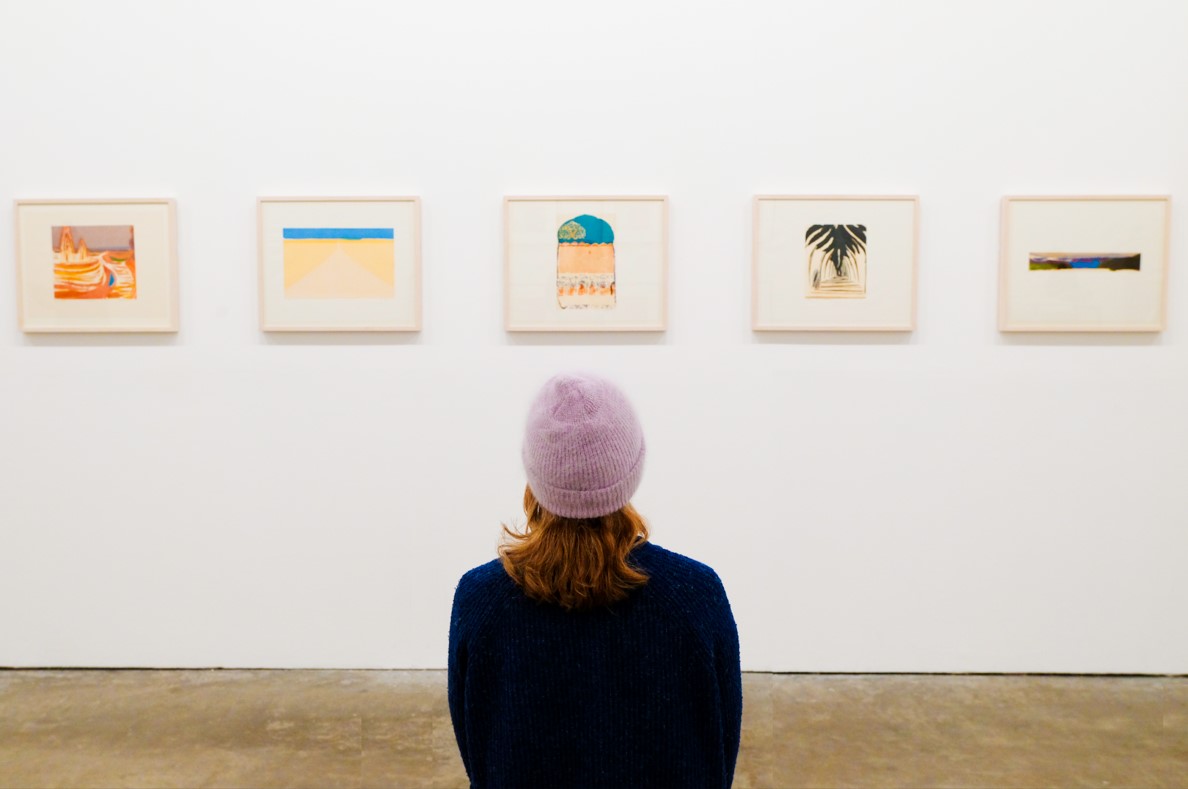‘Start the Press!’ is Ikon’s new exhibition, which features a black and yellow gridded print, ‘Flamsteed’, 1967. This bold, eye-bending image has been signed in pencil by its maker, the late David Prentice. He was one of four artists who founded the Birmingham gallery, which turns 60this year. Over the decades, it has made catchy headlines for its contemporary art shows. But, how true has it stayed to its original aims?
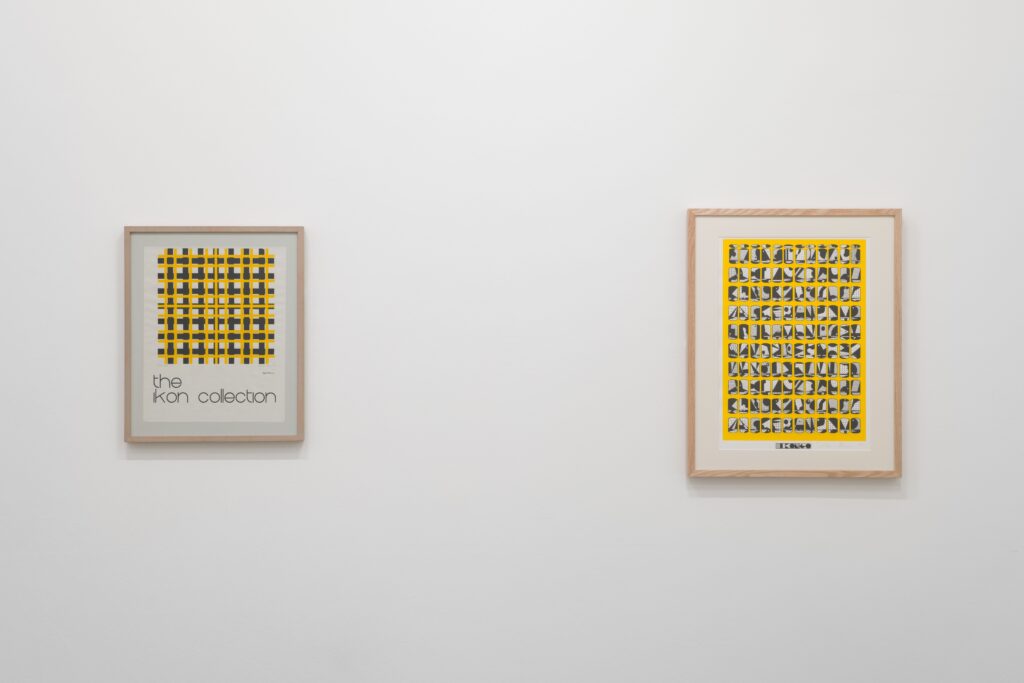
Founded in 1964, Ikon was “intended as an antithesis to the exclusive art establishments and galleries”, according to its first prospectus. Prentice, along with Jesse Bruton, Robert Groves and Sylvani Merilion, sought to create “an accessible place where the exchange of visual ideas can become a familiar reality”.
Its first home was a glass-walled kiosk in the Bullring, where the founders hoped to engage local audiences with local art. In early exhibitions, they displayed radical abstract canvases, as well as paintings by leading photorealist, John Salt.
Since then, Ikon has moved several times and is now housed in a former school at Brindley Place. Despite the more impressive premises, it maintains the atmosphere of an alternative space, not least because of Martin Creed’s ‘Singing Lift’, which transports audiences between galleries.
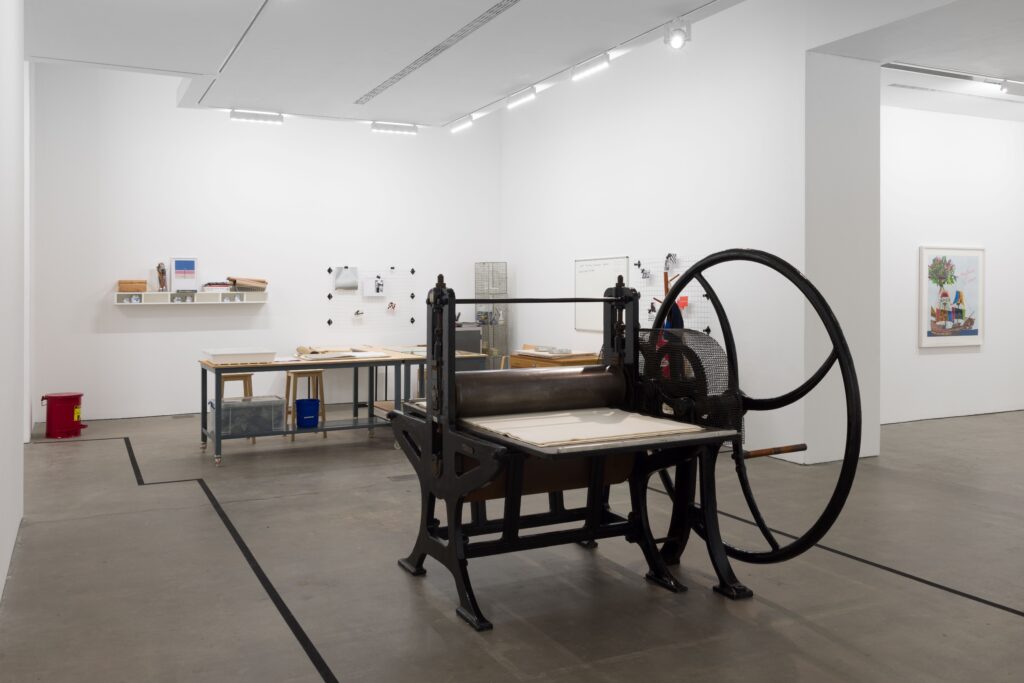
Throughout 2024, these galleries will host a diverse programme to celebrate Ikon’s big birthday. Opening with ‘Start the Press!’, the group printmaking show may sound culturally conservative, but, in truth, is far from it.
This is Ikon, after all. Rather than simply hanging artworks, the team have shipped in an antique printing press. Such a decision might not entirely surprise those viewers who encountered the entire contents of Vanley Burke’s flat installed in the space back in 2015.
Ikon has now been transformed, not into an artist’s home, but a studio. Audiences will be able to watch eight regional artists operate the press to create new works, which will then be displayed on walls, making the show a work in progress. First up is Simon Harris, to be followed by Taiba Akhtar, Haseebah Ali, Fae Kilburn, Karen McLean, Laura Onions, Satinder Parhar and Heather Peak.
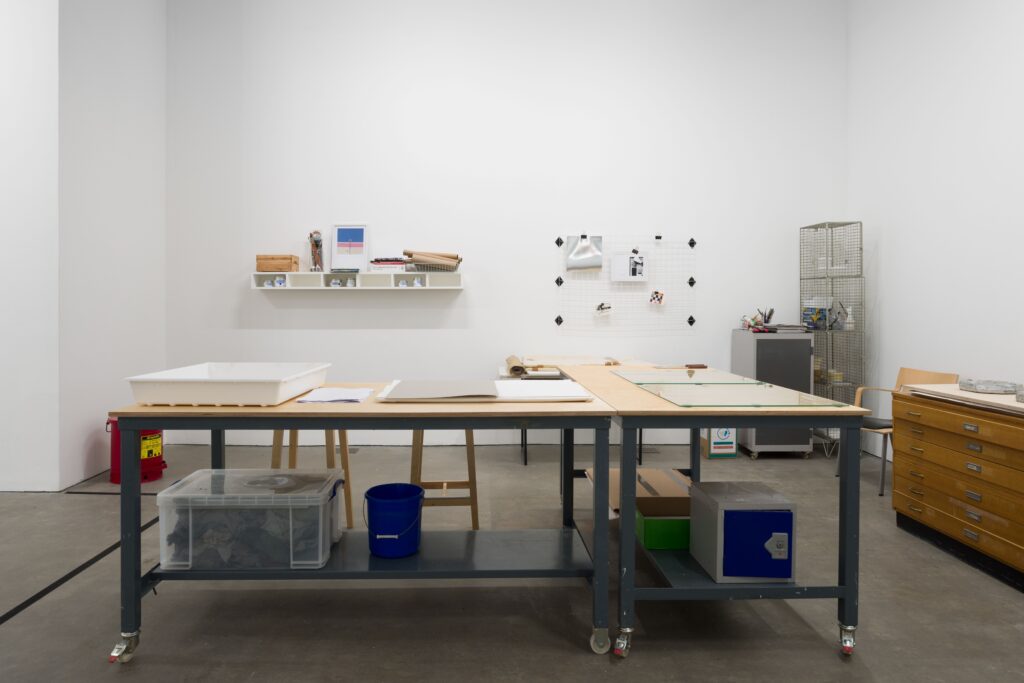
‘Start the Press!’ also includes prints by well-known names including Lubaina Himid, David Hockney and Yinka Shonibare. A real highlight of the display is a series by Pamela Scott Wilkie who first exhibited at Ikon in 1966. Evoking colourful horizons, her prints take audiences on a joyful journey, recalling the artist’s own 1970s road trip through rural Asia.
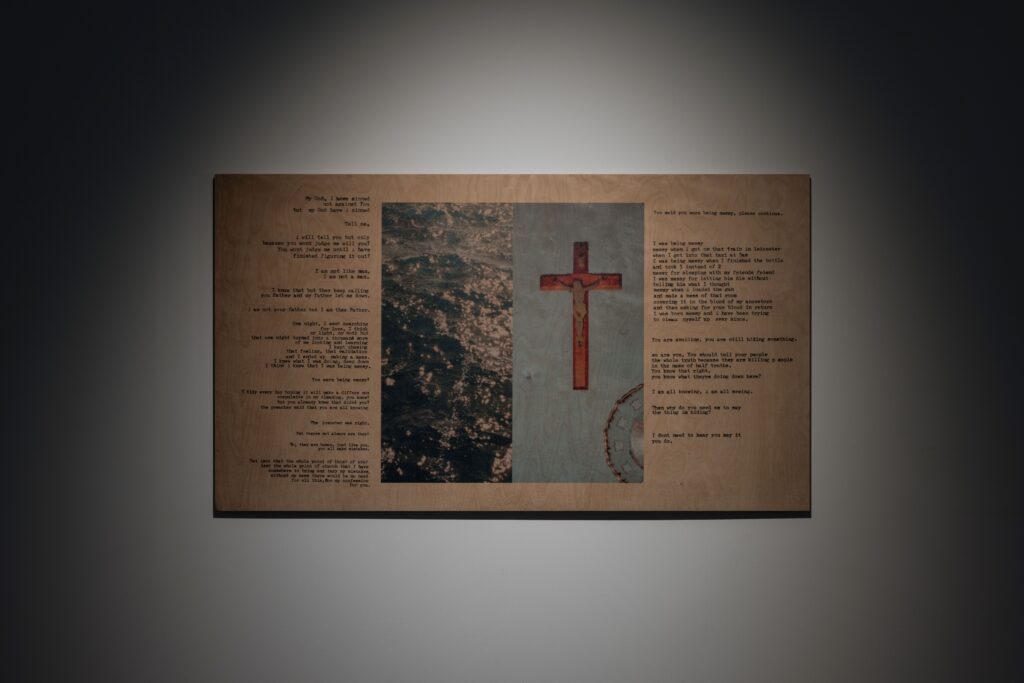
Meanwhile, Ikon’s upstairs gallery transports viewers into another world entirely. An immersive installation by British-Jamaican artist Exodus Crooks’, ‘Epiphany Temporaire’ begins in a darkly theatrical room. At its centre are two wooden pews facing a wall on which are displayed a crucifix and confessional text.
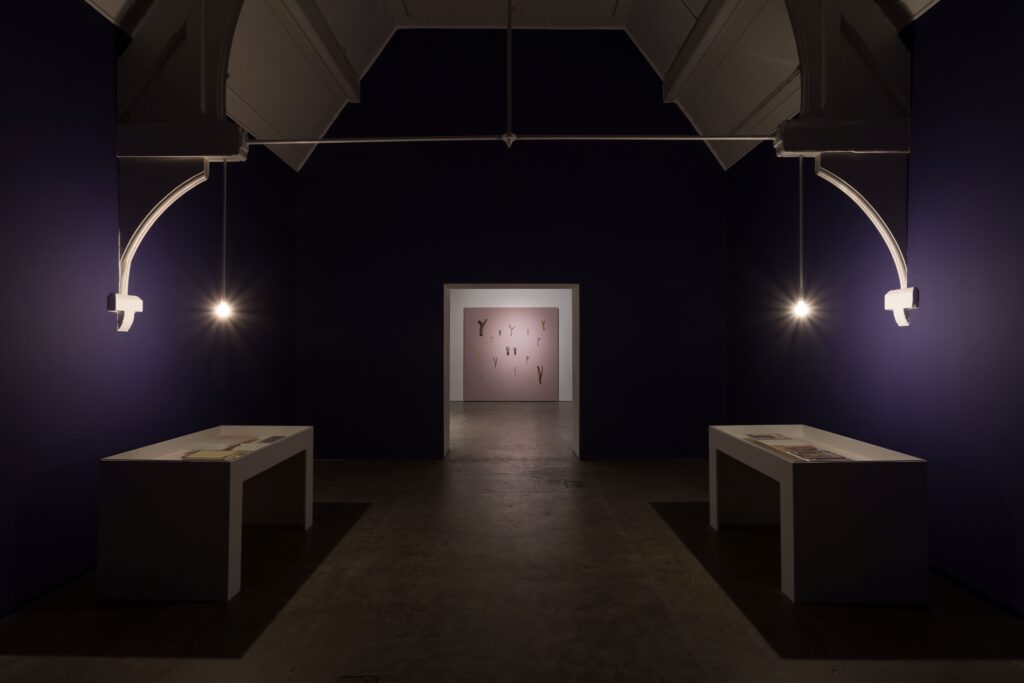
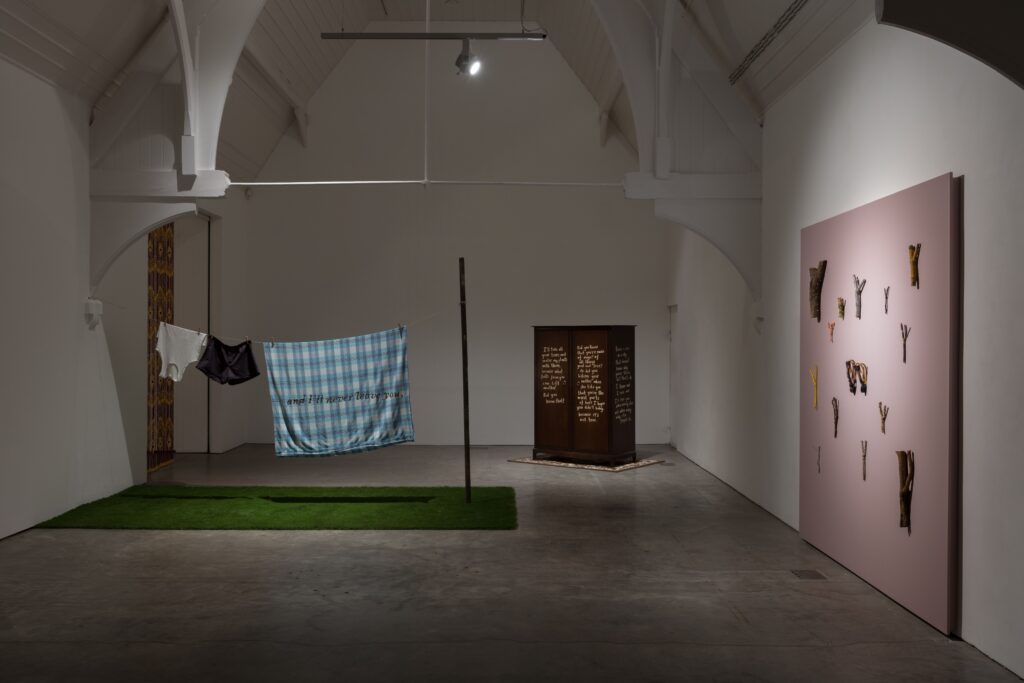
Beyond the Christian iconography, the next room envelops viewers in a more magical space, painted deep purple. Two low-hanging light bulbs illuminate open notebooks filled with text-based reflections, as well as magazine covers which feature Black faces, including that of gospel superstar, Kirk Franklin.
It’s as if the artist is inviting audiences to share in their personal story, both placing them in the role of voyeur while also inviting participation – to read the pages, take a pew, and reflect on the layered references to religion, heritage, Blackness and spirituality.
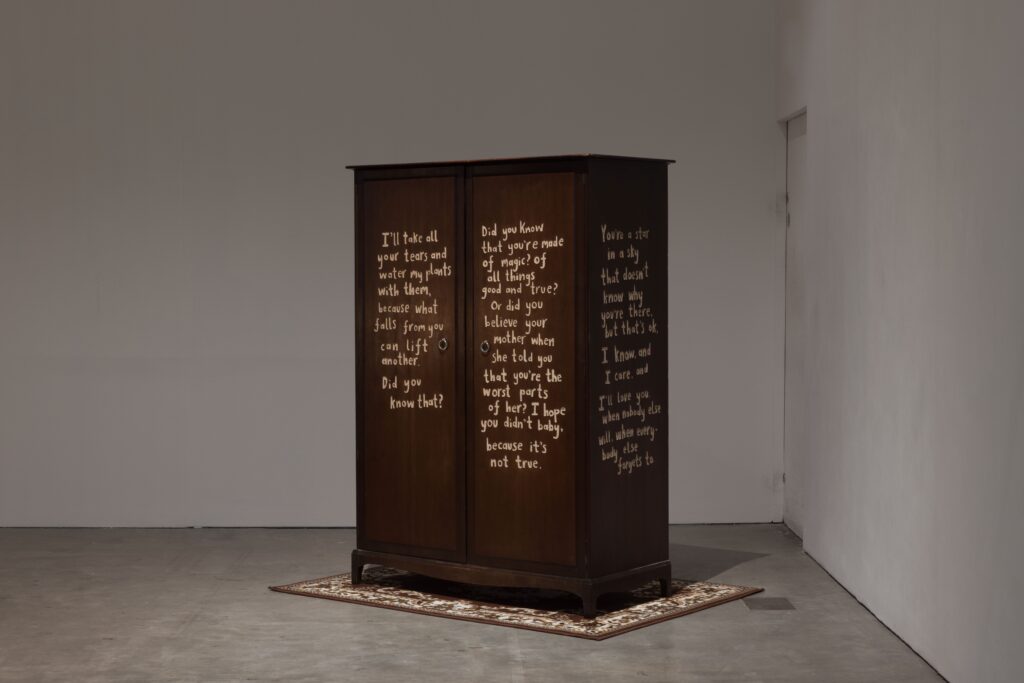
These references continue in the next room, in which stands an enticing wardrobe, once owned by the artist’s grandmother, and a clothes-draped washing line which curator Orphée Kashala has commented, “references Caribbean families’ love, which is shown by doing duties.”
In an accompanying film, the artist uses a sling shot to fire stones, while explaining that “any idea until acted on remains an invisible idea”. This physical act, however, symbolises the notion of being able to “let an idea go”.
Although contrasting exhibitions, there is a dialogue between both, which demystify creativity, allowing audiences to see artists’ processes. There is also the opportunity for people to take part in on-site printmaking workshops during ‘Start the Press!’.
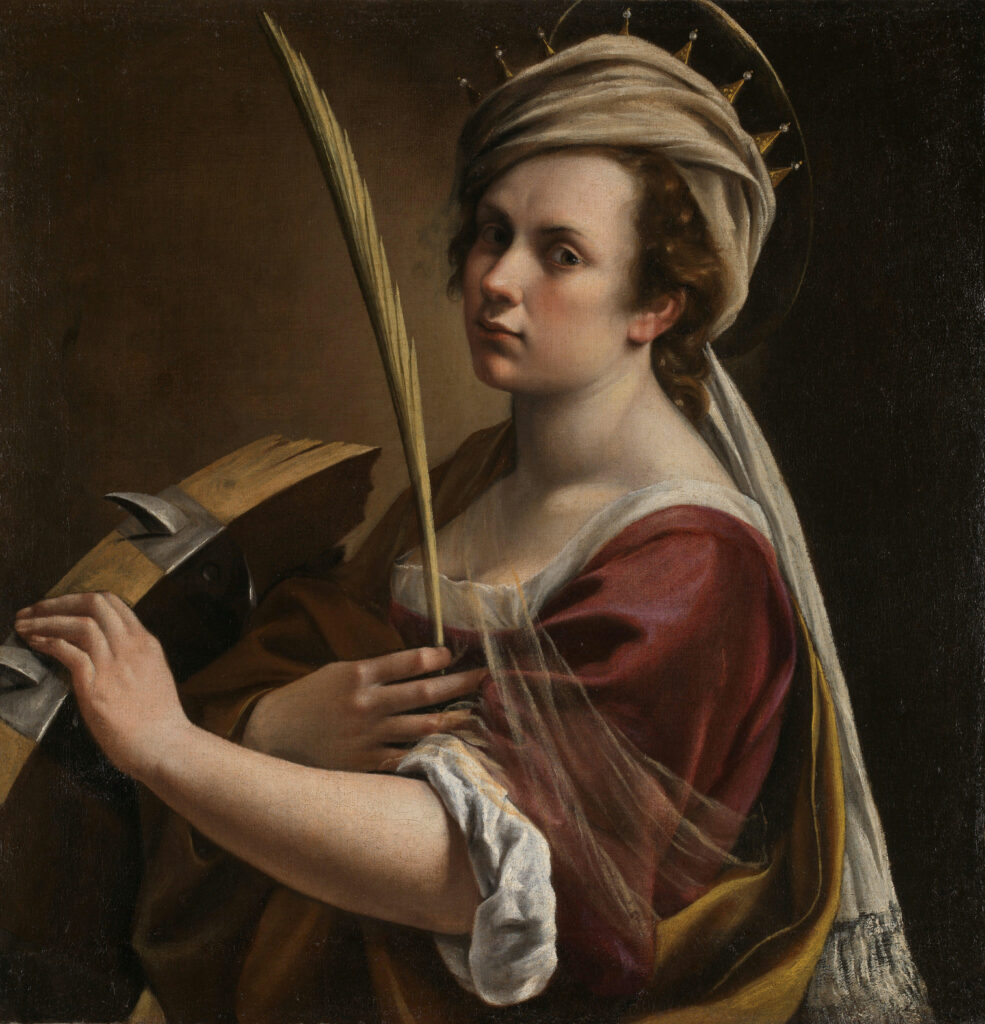
This is just the start of a year-long programme featuring local and international artists. Not limited to contemporary art, either, this summer, and as a partner in The National Gallery’s Bicentenary celebration, Ikon will host Artemisia Gentileschi’s ‘Self Portrait as Saint Catherine of Alexandria’ (c.1615-17), which will be juxtaposed with immersive work by Jesse Jones.
First conceived of as “a gallery without walls”, Ikon will continue to operate off site, including at HMP Grendon, where Simon Harris will work as an artist-in-residence. On board the gallery’s Slow Boat, Ikon Youth Programme will offer an alternative curriculum against the backdrop of funding cuts to arts education.
In one interview, David Prentice was asked about Ikon’s educational programming:
“Somebody once said to me, “I expect you’re very surprised by what’s happened to Ikon, the way it’s opened up into education…” Not a bit of it, that’s exactly what we wanted to do right from the beginning. That’s what we were talking about all the time.”
Despite its development from small kiosk to major gallery, Ikon remains entirely true to its founders’ aims. Still free to visit some 60 years on, it encourages the exchange of visual ideas which span art and education, which whir on, much like the printing press.
